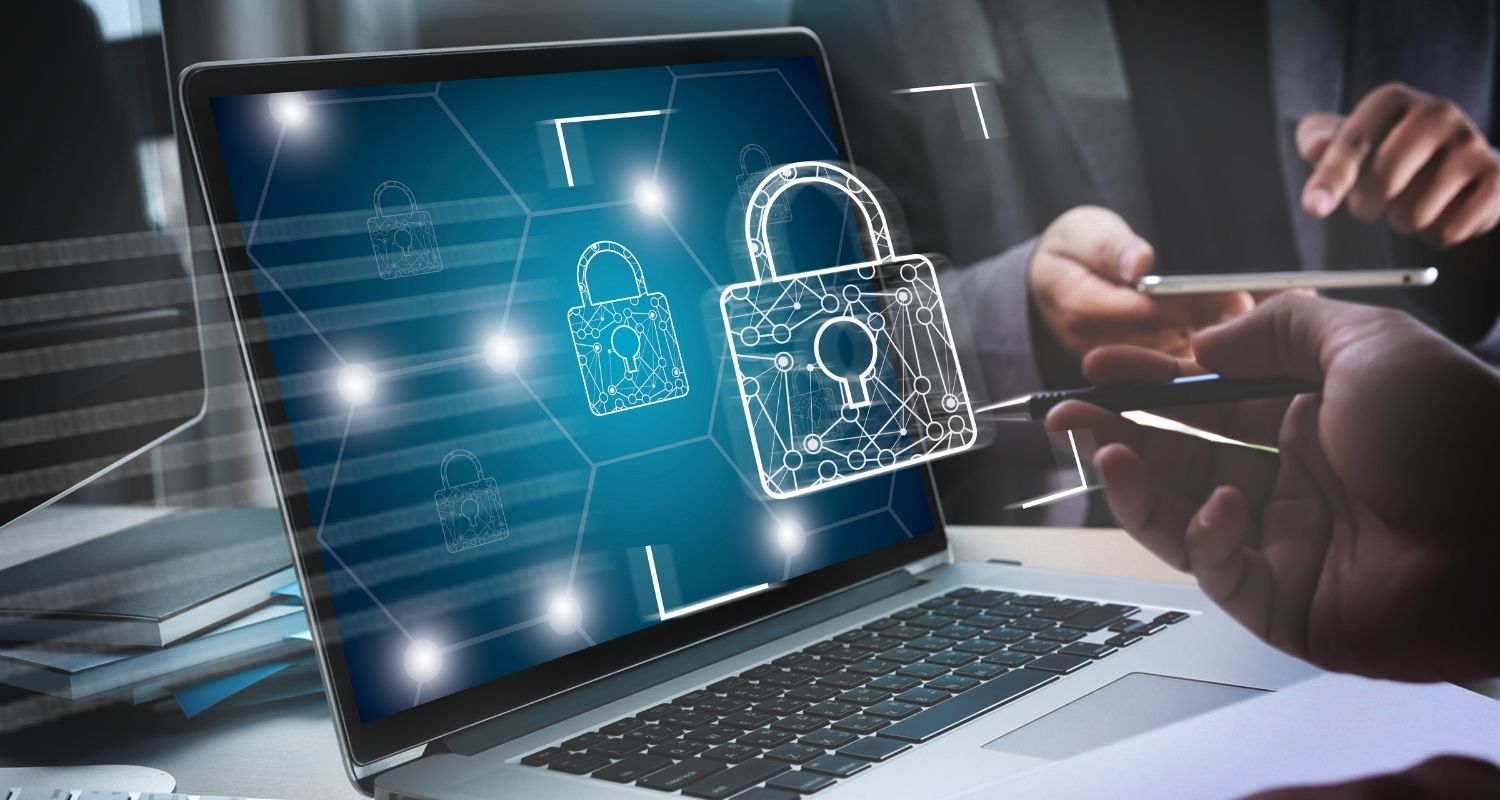Table of Contents
An audit or penetration test (pentesting) comprises offensive tests against the environment’s current defensive systems. These tests vary from investigating the victim’s electronics to researching the human aspect via social engineering.
Why Is a Penetration Test Necessary?
Many events occur in organizations that may have been averted if the protective measures had been strengthened at the time. Incidents involve, among other things, information leakage, illegal access, and data loss. The investigation of the protection measures must be a proactive effort, enabling the pentester (person doing the audit) to identify flaws and remedy before a cybercriminal exploits this vulnerability.
These techniques enable businesses to save money and effort on potential issues caused by application vulnerabilities.
Pentest Steps Process
Long before a simulated assault, the Penetration Testing Process starts. This will enable ethical hackers to examine the system, investigate its strengths and weaknesses, and find the best tactics and tools for breaking into it. The five stages of the penetration testing process are planning and reconnaissance, scanning, obtaining system access, persistent access, and the final analysis/report.
Steps to Run a Penetration Testing
Planning and Reconnaissance
The initial penetration phase is preparing a hostile assault — the attack is aimed to obtain as much information about the system as possible.
This is one of the most time-consuming steps, as ethical hackers evaluate the system, noting vulnerabilities and how the organization’s tech stack responds to system breaches. The information sought varies from employee names and email addresses to network topology and IP addresses, among other things. It should be mentioned that the audit goals will determine the sort of information or the degree of the research. Data collection methods include social engineering, dumpster diving, network scanning, and domain registration information retrieval.
Scanning
Penetration testers employ scanning tools to investigate system and network flaws based on the findings of the planning phase. This pentest phase finds system flaws that might be exploited for targeted attacks. It is critical to acquire all of this information accurately since it will determine the success of the subsequent stages.
Gaining System Access
Pen testers enter the infrastructure after determining the system’s vulnerabilities by exploiting security flaws. They then seek to further attack the system by increasing privileges to show how far into the target environments they can get.
Persistent Access
By utilizing access rights, this pentest stage determines the potential effect of a vulnerability exploit. Once inside a system, penetration testers should keep access and the simulated attack running long enough to complete and reproduce the malicious hackers’ aims. As a result, during this pentest phase, we attempt to get the highest degree of privileges, network information, and access to as many systems as possible by determining whether data and services are accessible to us.
This is when we must illustrate what the security breach may imply for the client. Getting access to an outdated machine that isn’t even on the domain isn’t the same as getting direct access to passwords or hacked data.
Analysis and Reporting
A penetration test yielded this result. The security team provides a thorough report outlining the whole penetration testing procedure as part of the final step. Some examples of facts or details that should be included are:
- The severity of the dangers posed by the revealed flaws
- The tools capable of effectively penetrating the system
- highlighting the areas where security was well applied
- Those flaws that must be addressed, as well as methods for preventing future assaults (remediation recommendations)
This is perhaps the most crucial stage for both parties. Because both IT workers and non-technical managers will review this report, it is best to divide it into a broad explanation section and a more technical section, i.e., the executive report and the technical report.
Summary
Finally, it is essential to take the appropriate safeguards to prevent repeat assaults and catastrophes. This is mostly due to an exponential spike in assaults in recent years, which does not seem to be decreasing anytime soon (2020 has been considered a New Record in a Year on cyber-attacks).
Because of the valuable information collected, businesses are the number one target of cyberattacks. They may even demand a ransom for the information.


